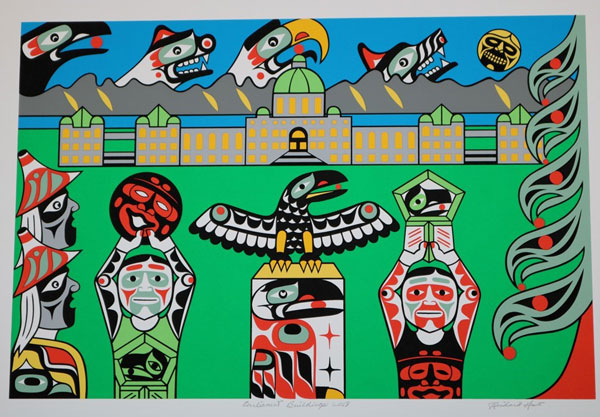Land Acknowledgement
The Legislative Precinct, including the Parliament Buildings, other buildings, and surrounding grounds, are located on the traditional territory of the lək̓ʷəŋən Peoples, known today as the Songhees and Esquimalt Nations. The Legislative Assembly has benefitted, and continues to benefit, from the use of these lands which have a long history and significance to the lək̓ʷəŋən Peoples, serving as a hunting and gathering ground, a trading hub, and a point for canoe portage. The Legislative Assembly is grateful to the Songhees and Esquimalt Nations for their continuing relationship with this land, for their enduring stewardship of their territory, and for generously sharing their friendship, wisdom, culture, and traditions. hәysxʷq̓ә siém.
As a provincial institution, the Legislative Assembly acknowledges the history and wisdom of all Indigenous Peoples in British Columbia, including more than 200 First Nations with unique cultures, languages, and systems of governance. The Legislative Assembly recognizes its own historic role in the systemic oppression and discrimination of Indigenous Peoples.

Artwork by Kwakwaka'wakw artist Richard Hunt